currant/ribes & blackberriey leaf color -what to do
vjeko
11 years ago
Related Stories
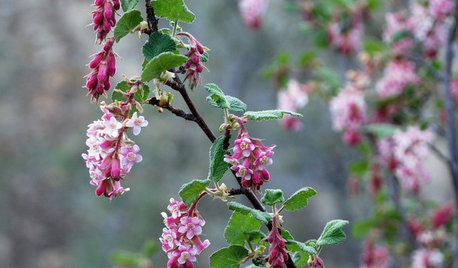
GARDENING GUIDESGreat Design Plant: Ribes Malvaceum
Plant pink chaparral currant for graceful winter tassels and an excuse to make black currant tarts
Full Story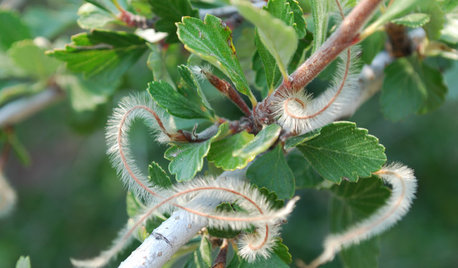
GARDENING GUIDESGreat Design Plant: Curl-Leaf Mountain Mahogany, an Easy Evergreen
Use it as an accent plant or mass it as a screen; this pine and spruce alternative is a hard worker in dry, cold climates
Full Story
GARDENING GUIDES8 Native Shrubs for Year-Round Bird Feeding
It’s not just about berries. These plants provide insects for birds and seasonal interest for gardeners
Full Story
GARDENING GUIDESGarden-Friendly Native Alternatives to Overplanted Exotics
There are lots of gorgeous, wildlife-friendly native plants ready to make an appearance in your garden
Full Story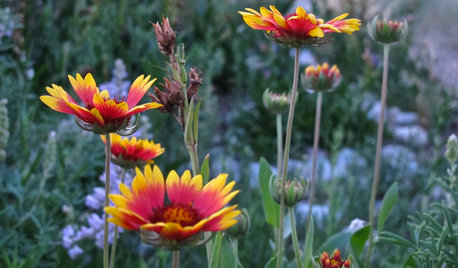
GARDENING GUIDESThese Hummingbird-Attracting Native Plants May Surprise You
These flowers, vines and shrubs offer shelter and food supplies that keep hummingbirds around longer
Full Story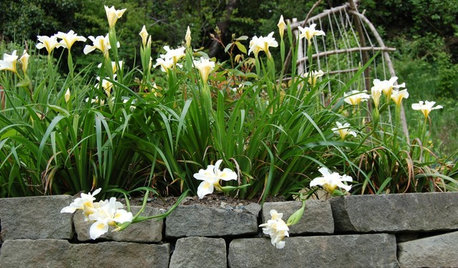
GARDENING GUIDESTop 10 Native Plants for the Pacific Northwest
More than just gorgeous and adaptable, these standout plants convey a sense of place
Full Story
GARDENING GUIDES8 Unthirsty Plants Help You Save Water in Style
Spend less effort and money on your landscape with drought-tolerant and native plants that liven up your yard
Full Story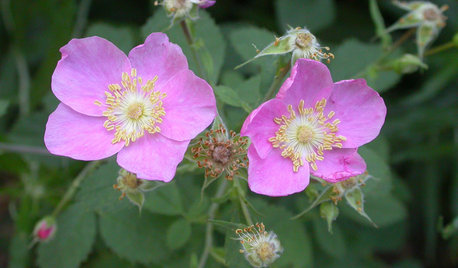
GARDENING GUIDESGreat Design Plant: Rosa Californica
Plant California wild rose for easy care and a touch of romance in your native garden
Full Story








vjekoOriginal Author
vjekoOriginal Author
Related Professionals
New Bedford Landscape Architects & Landscape Designers · Arnold Landscape Architects & Landscape Designers · Fort Lee Landscape Architects & Landscape Designers · Marina Landscape Architects & Landscape Designers · Middle River Landscape Architects & Landscape Designers · Rancho Palos Verdes Landscape Architects & Landscape Designers · Aurora Landscape Contractors · Berkley Landscape Contractors · Damascus Landscape Contractors · Holland Landscape Contractors · Louisville Landscape Contractors · Santa Ana Landscape Contractors · Sun City Center Landscape Contractors · West Chester Landscape Contractors · Raytown Landscape ContractorsvjekoOriginal Author
vjekoOriginal Author
Scott F Smith
abz5b
drew51 SE MI Z5b/6a
vjekoOriginal Author
drew51 SE MI Z5b/6a
flora_uk
abz5b
flora_uk
vjekoOriginal Author
abz5b
flora_uk
vjekoOriginal Author
vjekoOriginal Author
vjekoOriginal Author
flora_uk
vjekoOriginal Author
vjekoOriginal Author
flora_uk